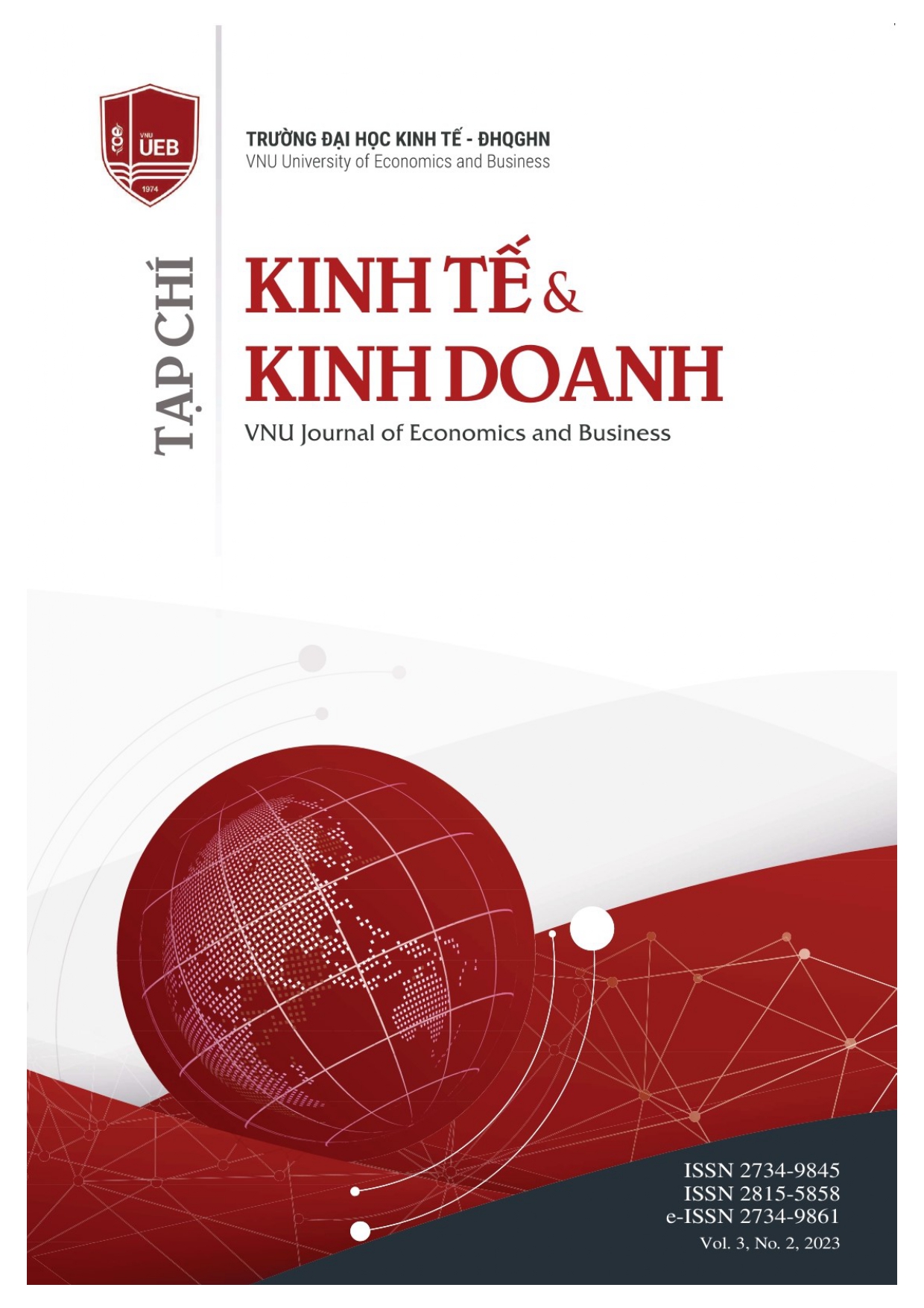How Does Bilateral Trade and Other Socio-Economic Factors Influence: The International Migration Flows in ASEAN Countries
Abstract
This study utilizes the gravity model and various estimation methods such as OLS, FGLS, and GMM to analyze the effects of bilateral trade and other factors on migration flows in ASEAN countries. Specifically, the study examines the impacts of population, gross domestic product per capita, rule of law, human development index, and the contiguous border between two countries. The results indicate that bilateral trade and lagged migration flows have a positive effect on migration, while the population has a negative effect. The study finds that bilateral trade encourages more people to migrate from one country to another country and that migration flows display a high degree of persistence over time. Additionally, the study finds that contiguous borders also have a positive impact on migration. Furthermore, the study suggests that the size of the population's impact on migration flows may be increasing due to the surplus of labor in some areas and the lack of labor in others. Interestingly, the study also finds that higher levels of human development in the destination country may lead to a decrease in international migration flows, possibly due to the availability of better educational opportunities.

